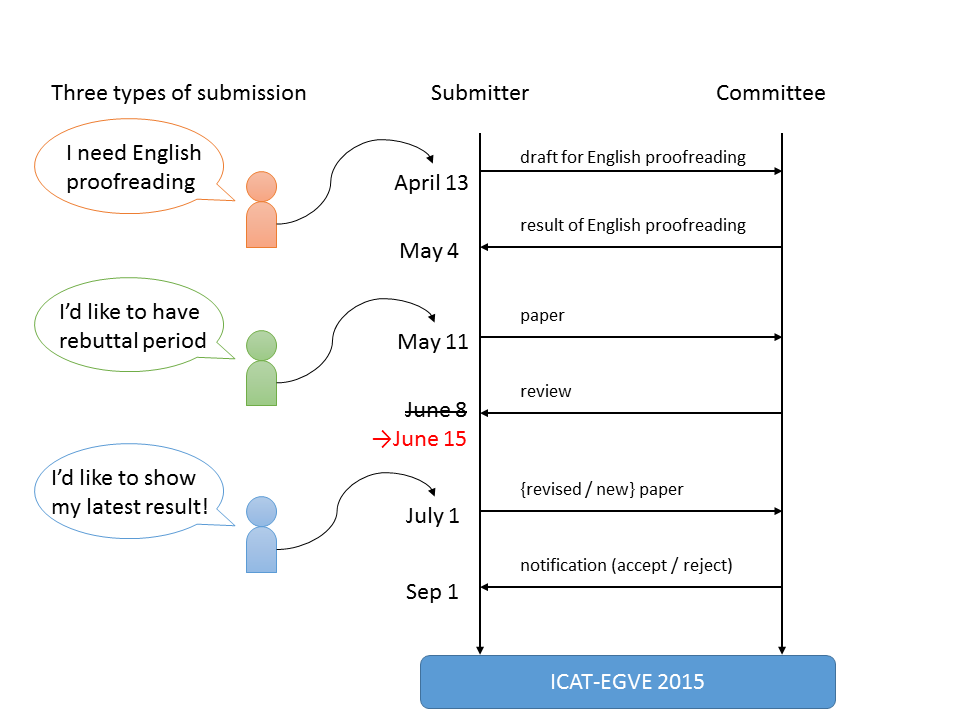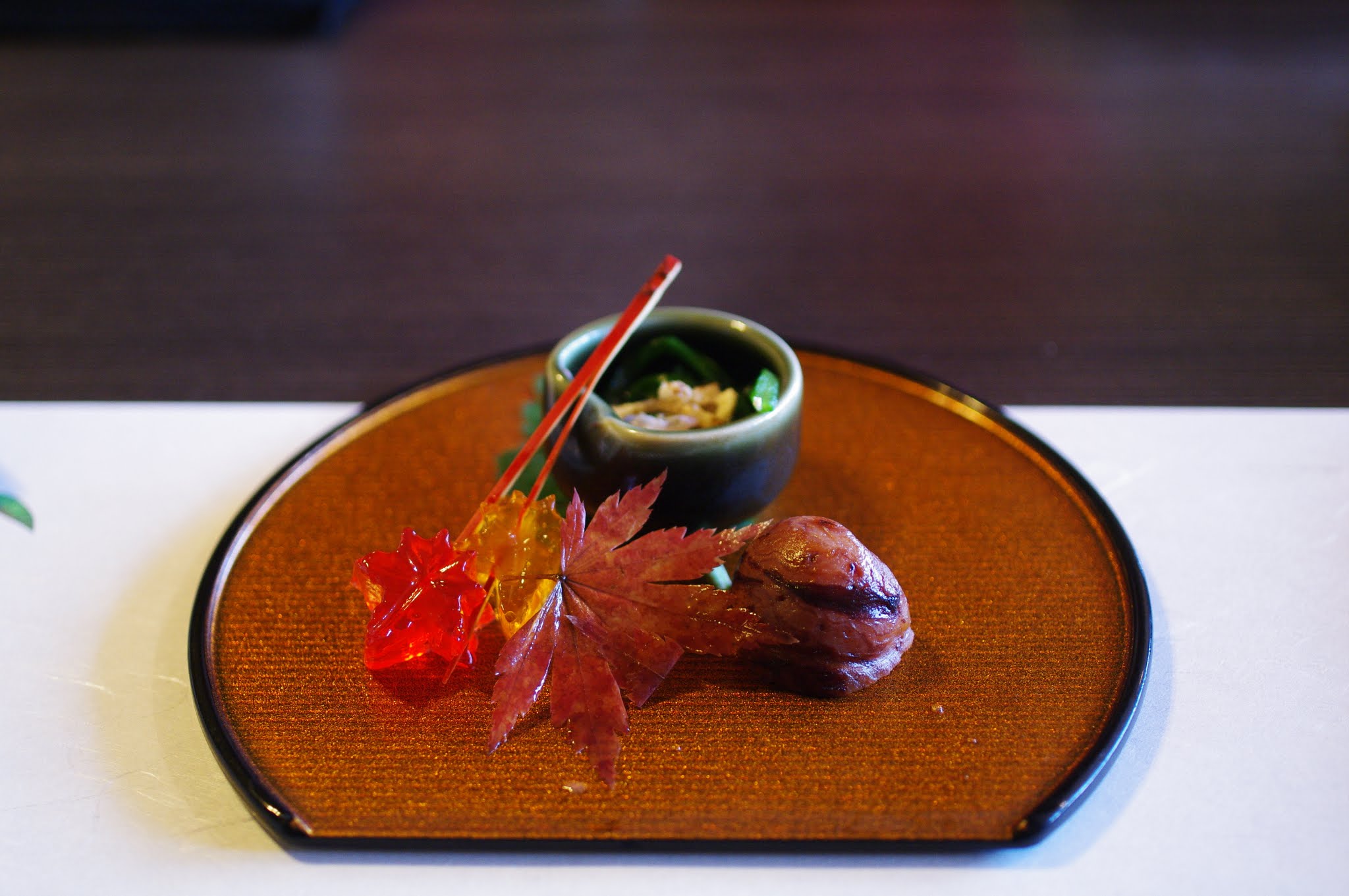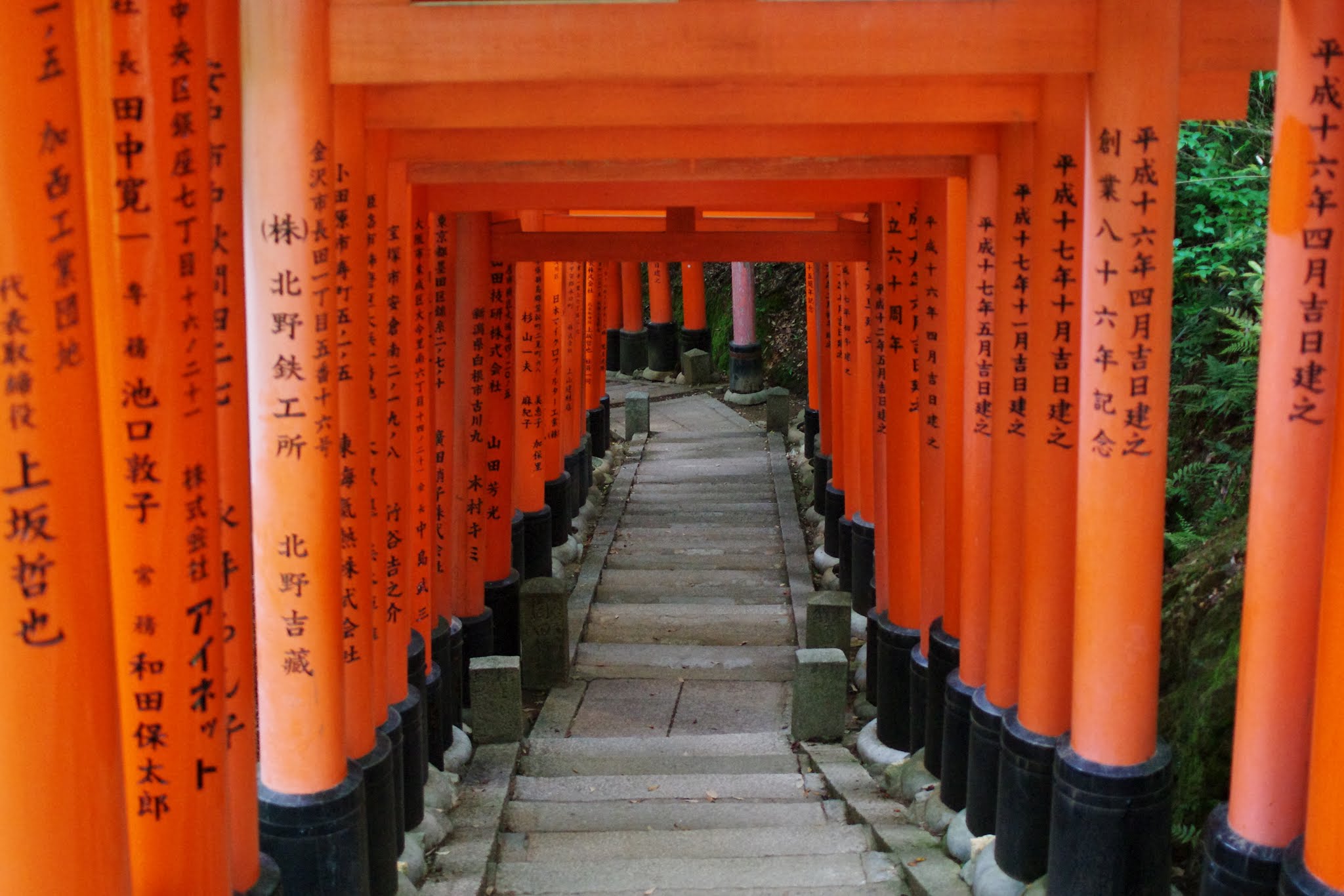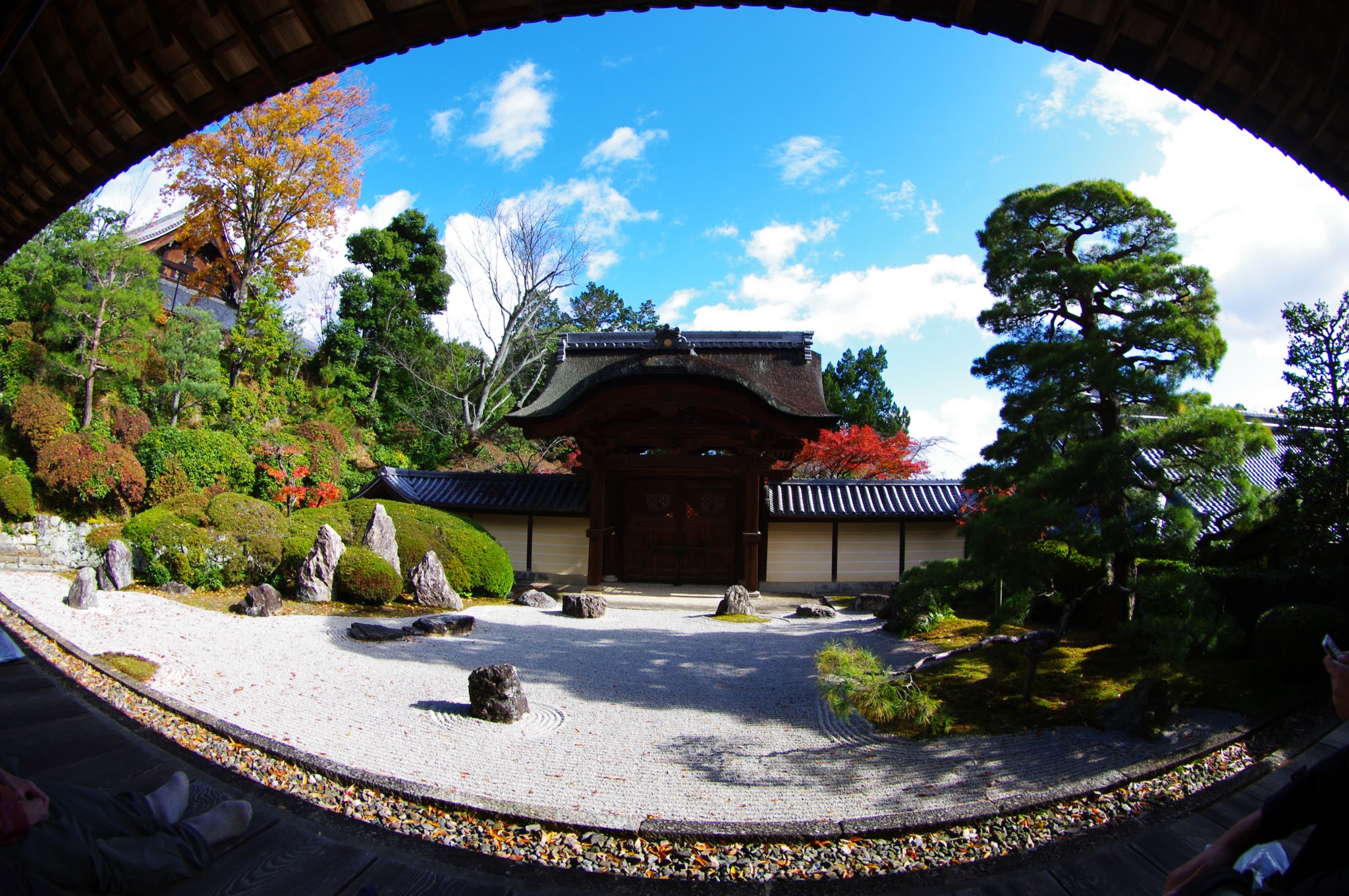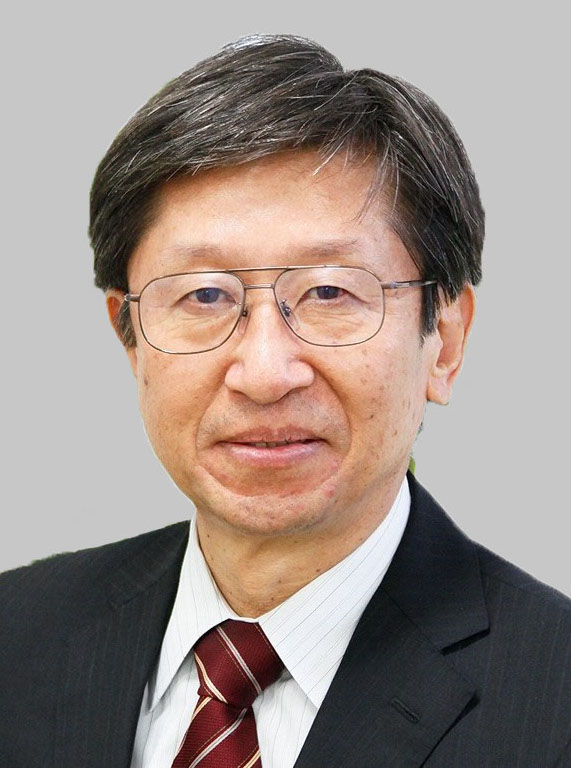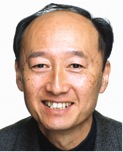Welcome
We invite you to participate in ICAT-EGVE 2015, the merger of the 25th International Conference on Artificial Reality and Telexistence (ICAT 2015) and the 20h Eurographics Symposium on Virtual Environments (EGVE 2015) in Kyoto, Japan. This international event will be a unique opportunity for researchers, developers, and users to share their experience and knowledge of virtual reality, as well as augmented reality, mixed reality and 3D user interfaces. And, of course, it is a good time to renew friendships, make new ones, and experience the cultural capital of Japan at the best time of year.
ICAT - the International Conference on Artificial Reality and Telexistence - is the oldest international conference on Virtual Reality and Telexistence, started in 1991. Artificial Reality and Telexistence augment human ability in perception, understanding, action, time and space. They also enable humans seemingly to be everywhere at the same time, i.e., enable humans to be virtually ubiquitous. ICAT has been held in various cities around the world, including Tokyo, Taipei (2000), Seoul (2004), Christchurch (2005), Hanzhou (2006), Esbjerg (2007), Yokohama (2008), Lyon (2009), Adelaide (2010), Osaka (2011), Madrid (2012), Tokyo (2013), and Bremen (2014).
EGVE - the Eurographics International Symposium on Virtual Environments - is the Eurographics Symposium for the exchange of experience and knowledge among researchers and developers concerned with using and improving virtual reality. It started in 1993 as a workshop, and successful symposiums have recently been held in Zurich 2003, Grenoble 2004, Aalborg 2005, Lisbon 2006, Weimar 2007, Eindhoven 2008, Lyon 2009, Stuttgart 2010, Nottingham 2011, Madrid 2012, Paris 2013, and Bremen 2014.
ICAT and EGVE were already merged two times, in Lyon in 2009, and in Madrid in 2012. After these two very successful experiences, and many formal and informal discussions, the steering committees of both ICAT and EGVE expressed the desire to expand and strengthen their cooperation through the merger of the ICAT conference and the EGVE conference into a conference named ICAT-EGVE. The aim of the merger is to expand the conference in order to make it one of the foremost scientific conferences in the field of virtual reality in future. We have already noticed an improvement for 2014, and we are looking forward for an excellent conference for 2015.



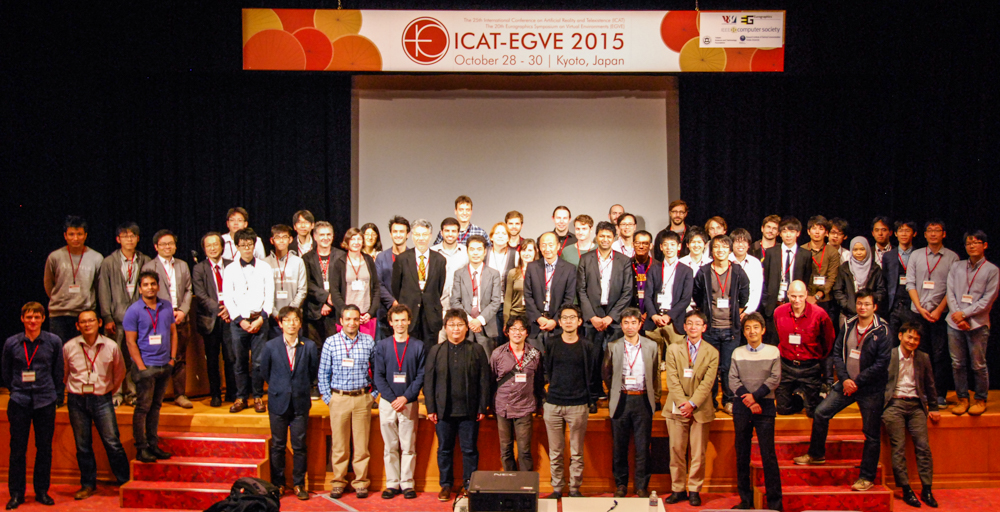
ICAT 2015 Group Photo
We'd like to thank you for joining us! We look forward to seeing you again in next ICAT-EGVE!
